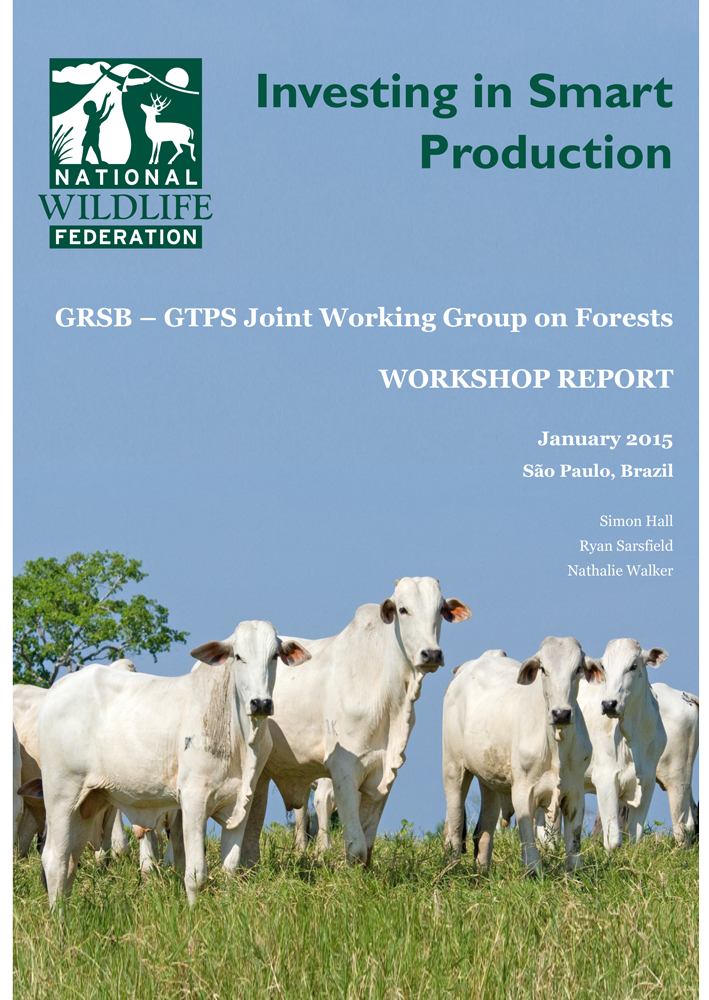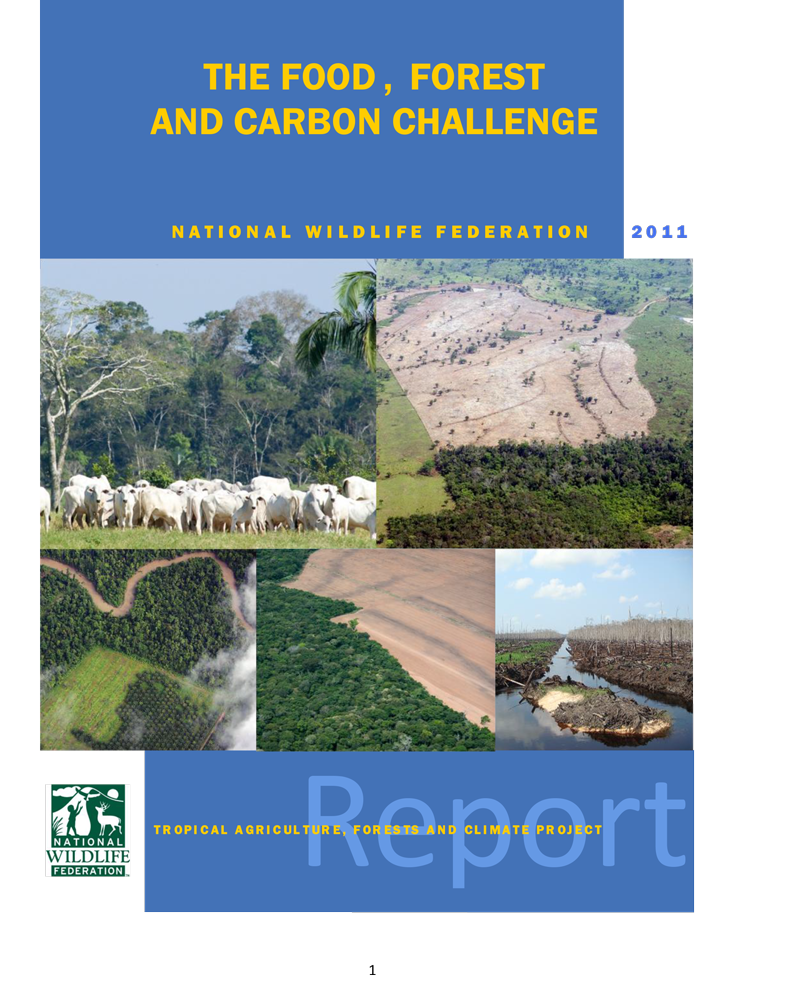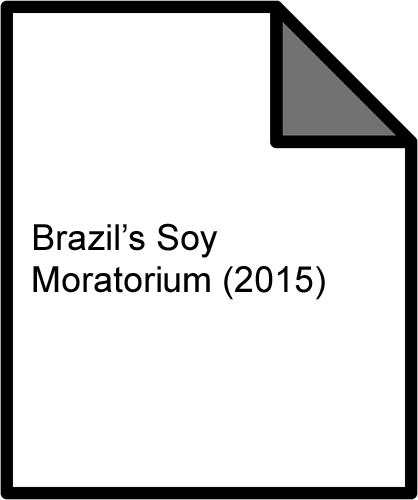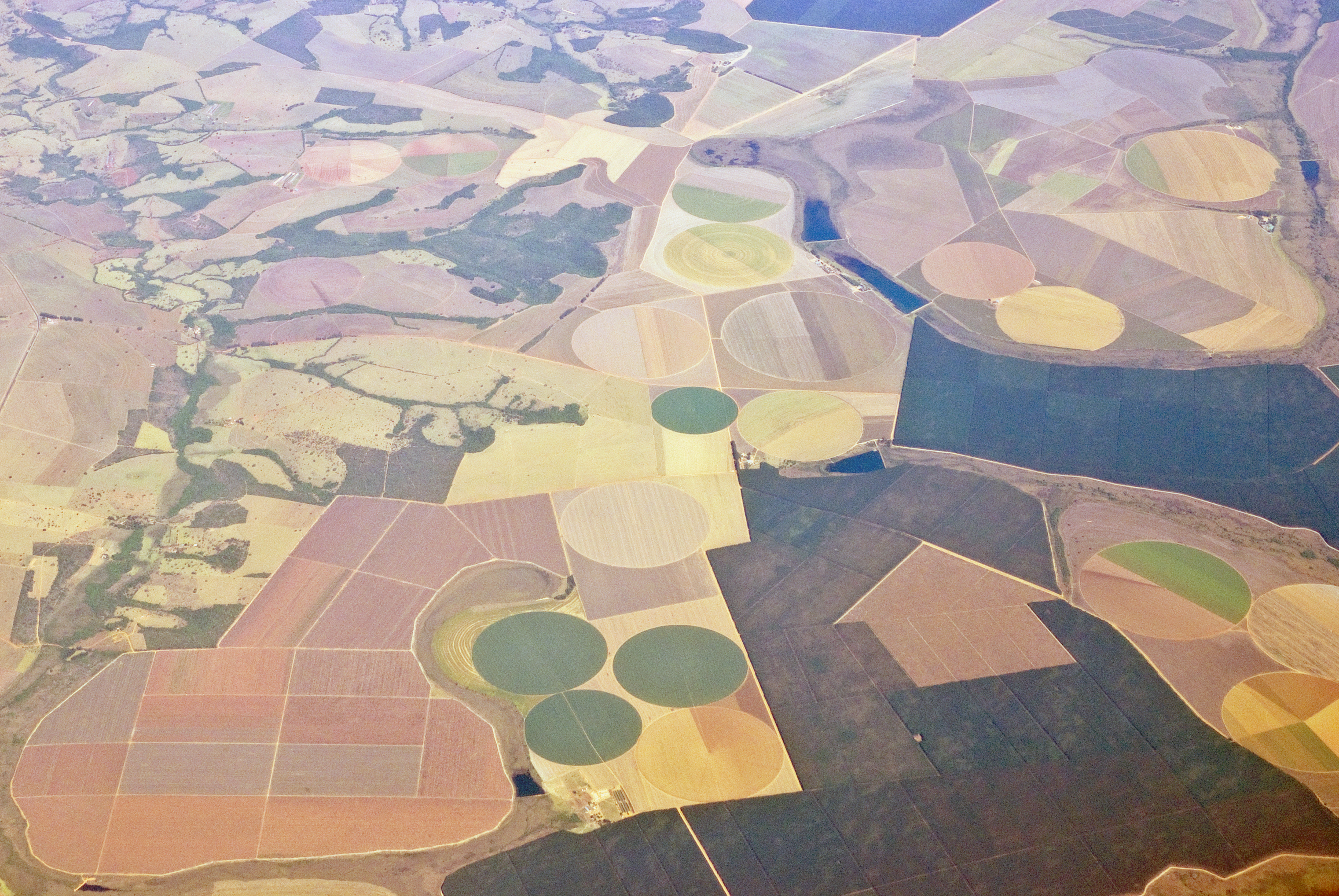When comprehensive sustainability standards are carefully observed, harvesting biomass for energy, bio-based plastics and other products can make a positive contribution to the transition away from fossil fuels.
Production of biofuels and biomass has been highly controversial, especially where it has led to expansion of croplands and/or deforestation, as well as conflicts over land or other social and environmental harm. In order to find a solution to these controversies, the National Wildlife Federation helped to establish the Roundtable on Sustainable Biomaterials which provides voluntary and global certification standards for environmental and social safeguards.
The Issue
Harvesting biomaterials for biofuels, electricity generation and bio-based products can be energy efficient and sustainably managed, but this is not always the case. There is no biofuel or biomass feedstock that is categorically “good” or “bad” – it all depends. Mainly it depends on how and where they are grown and processed.
Controversial policies in the US and EU have led to intensive energy and food crop monocultures, grown on good agricultural land, including corn in the US and rapeseed in the EU, as well as expansion of soy and palm oil in the tropics. This resulted in deforestation and threats to wildlife, pollution, conflicts between food and fuel, and clashes over land rights, especially in developing countries. In addition, subsidies offered by EU for biomass to feed their coal-burning power plants, caused massive conversion of trees into pellets for export, such as in the Southeastern US. Since wood energy is less dense than coal, and burning a whole tree causes a “carbon debt” that is not repaid until the tree regrows, electricity from biomass may generate even more greenhouse gases than coal.
Despite several failed policies that created perverse incentives for unsustainable production, many promising feedstocks are being developed using low-value residues from agriculture and livestock operations, waste streams from certain industrial processes and households, and even using desert land and seawater. But even so, it’s not a simple or straightforward process, and there are many considerations that must be taken into account to ensure sustainability. For example, when using agriculture residues, such as leaves and stalks, sufficient quantities must be left on the ground to maintain soil health and provide wildlife habitat.
What We Do
- The National Wildlife Federation helped to start the Roundtable on Sustainable Biomaterials (RSB), and NWF’s VP of International Conservation and Corporate Strategies, Barbara Bramble, serves as chair of its Board of Directors.
- The National Wildlife Federation initiated the RSB’s Smallholder Program, which facilitates full supply chain projects, from smallholders to end users, enabling small producers to improve their livelihoods through new markets for sustainable biomaterials.
- On behalf of RSB, Barbara Bramble co-chairs the Sustainable Bioenergy for All initiative, started under the umbrella of the UN Sustainable Development Goals.
- The National Wildlife Federation helped the RSB to develop an innovative approach to “Indirect Land Use Change” (ILUC).
- The National Wildlife Federation’s domestic program “Promoting Healthy Forests and Farms” looks at the impacts of biomass and biofuels production in the context of the United States.
Relevant Reports
- Date
- 01/01/2015
This report focuses on financial incentives and investment opportunities to support best management practices, moderate intensification and deforestation-free production. Read it now: Investing in Smart Production, […]- Date
- 12/01/2011
This report explores several directions for policymakers, private companies and multi-stakeholder “commodity roundtables” that if implemented today, would help the world address climate and food challenges […]- Date
- 01/22/2015
This paper shows that the Soy Moratorium has dramatically reduced the amount of deforestation linked to soy production in the Brazilian Amazon, protecting valuable rainforest and […]- Date
- 09/28/2014
This paper shows that more systematic evaluation could boost the effectiveness of instruments and enhance synergistic interaction with traditional public land-use policy instruments to achieve incremental […]
Join now: wildlife needs your help!
Sign up to receive information on the simple actions you can take, along with tips and tools you can use, to demonstrate to global companies that you care about wildlife.




